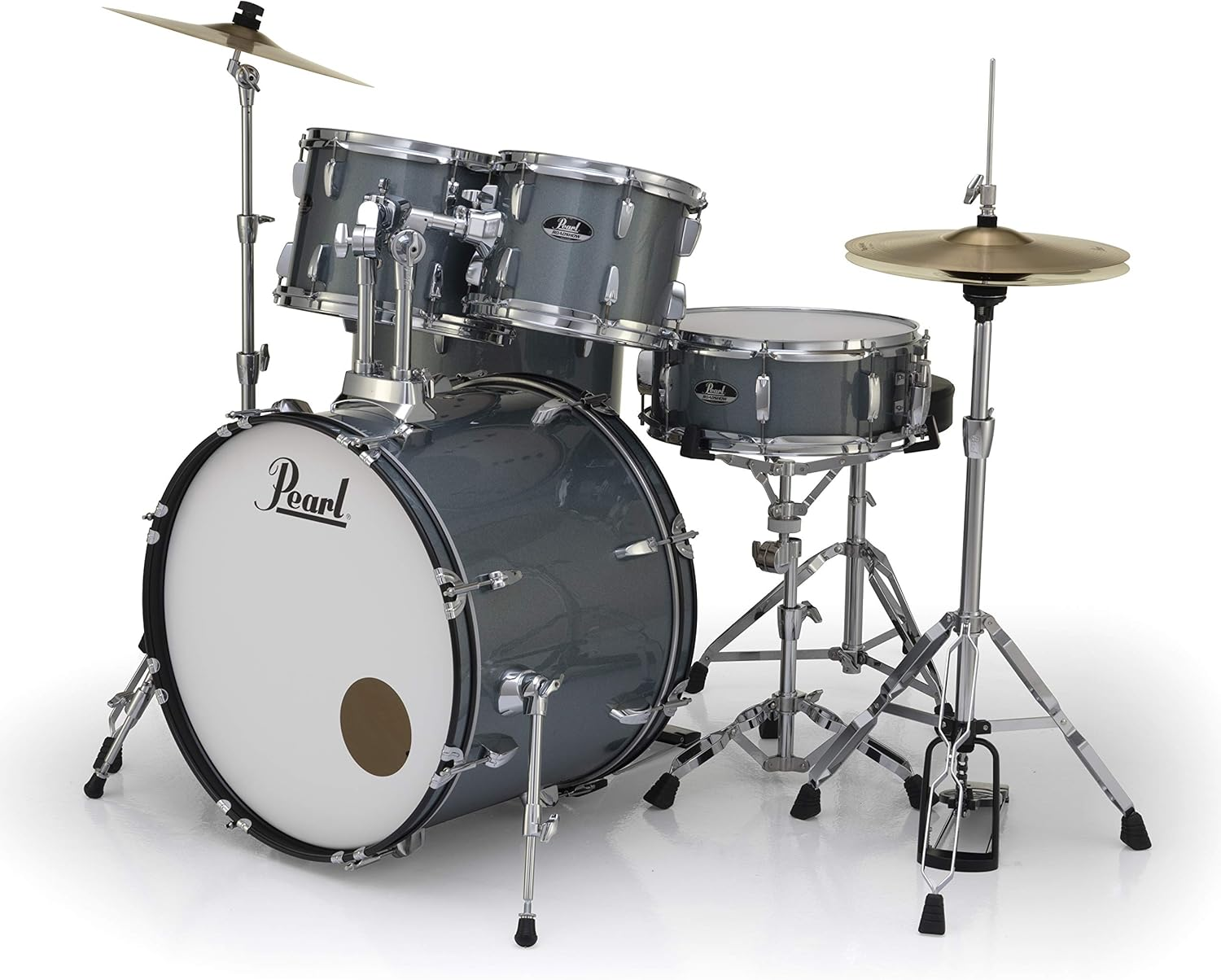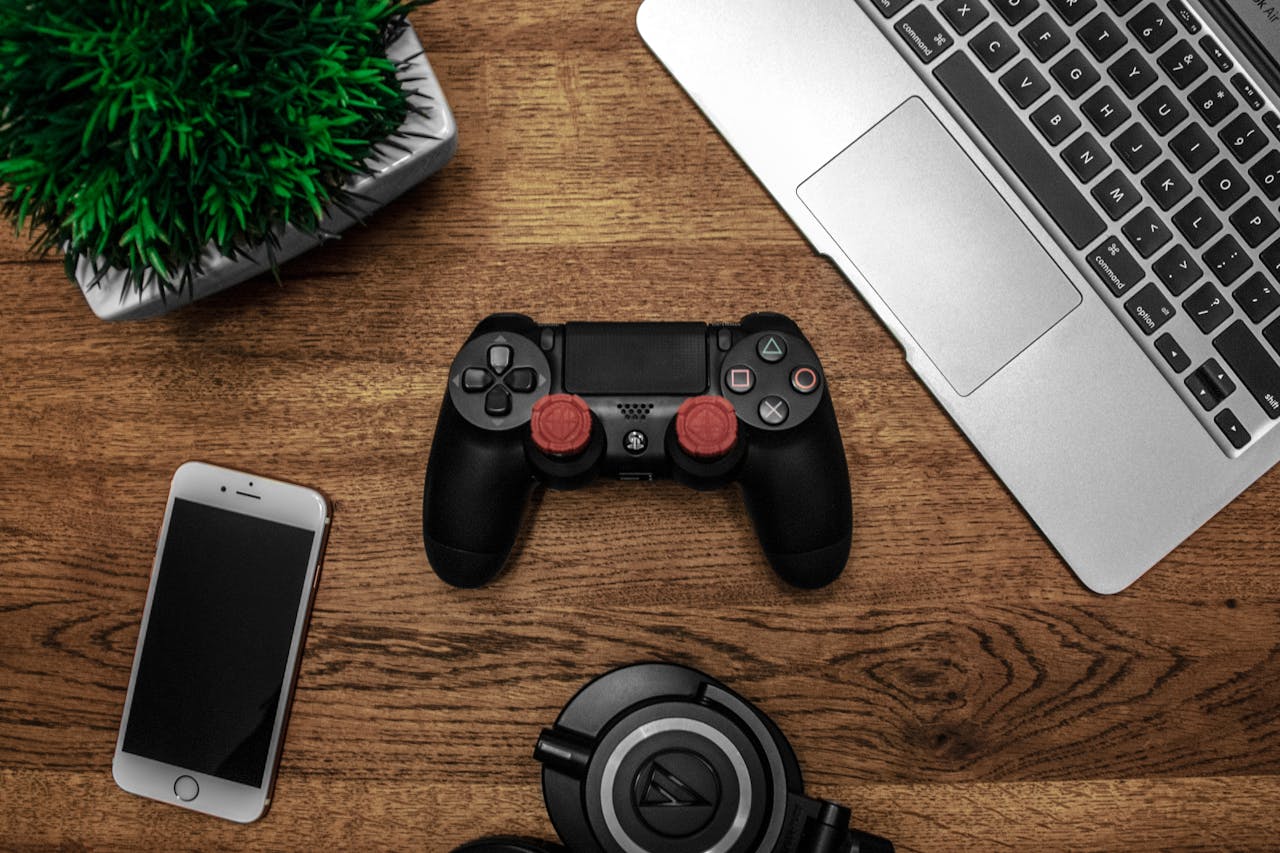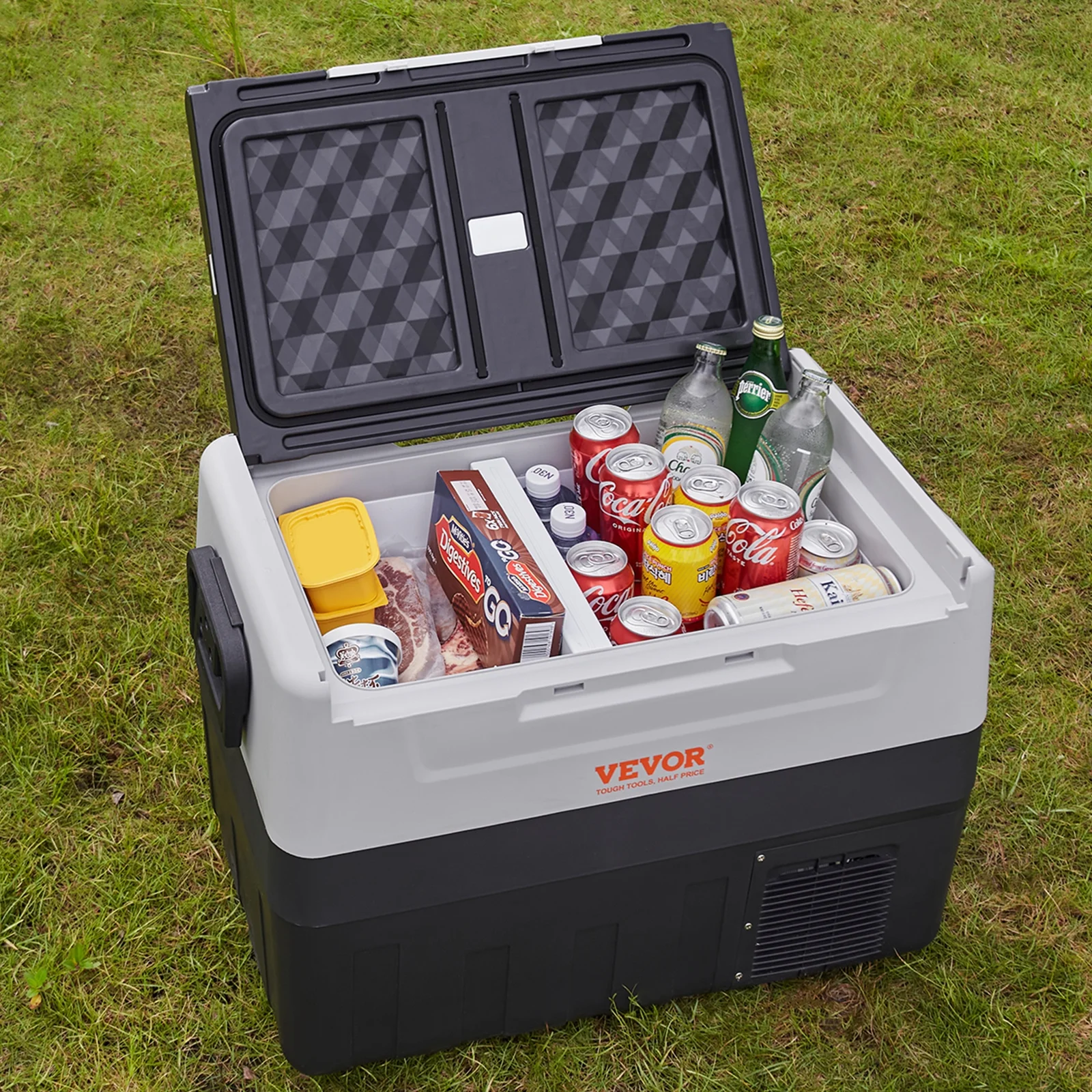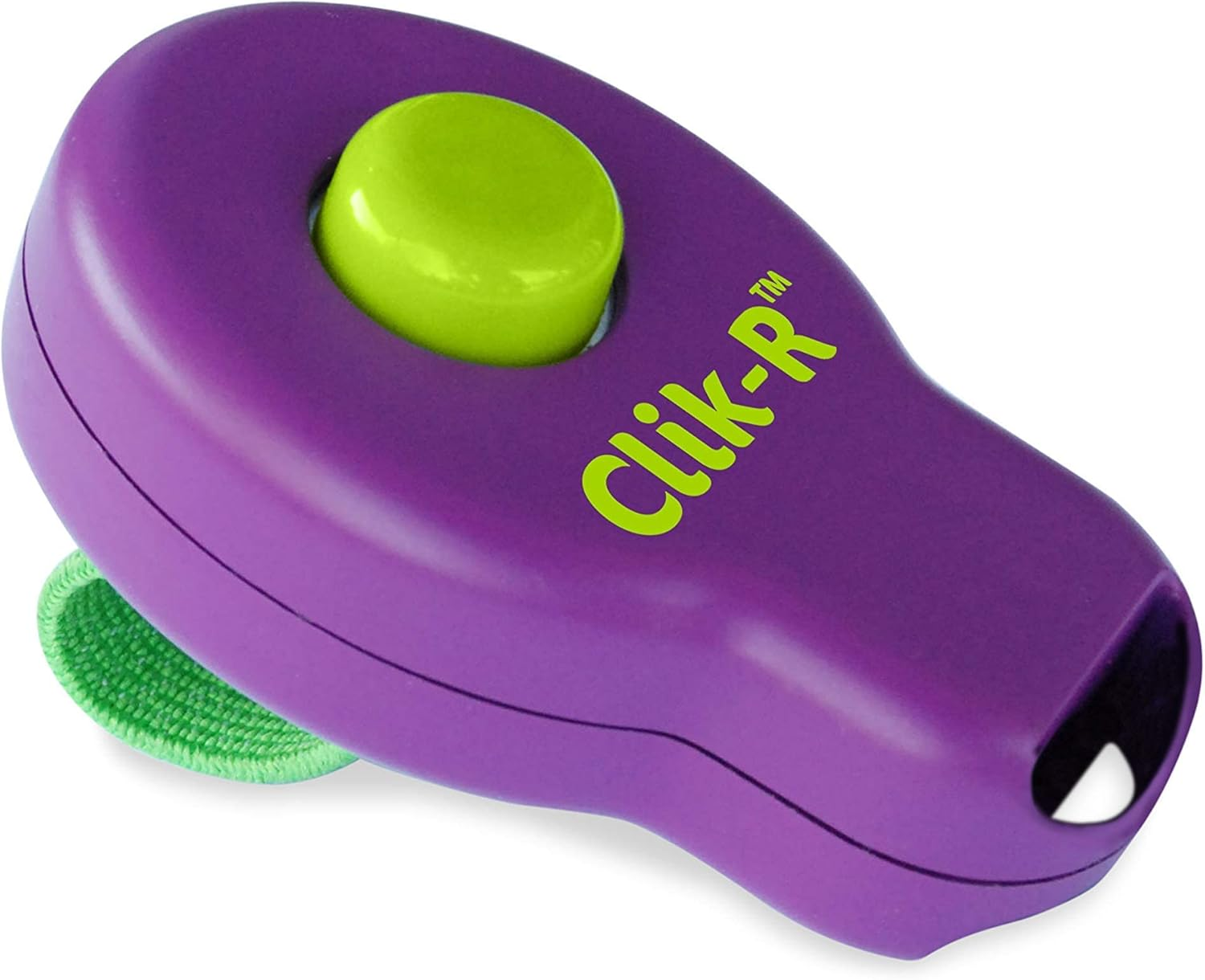There’s nothing quite like the thrill of sitting behind a drum kit for the first time. For beginners eager to start their percussion journey, choosing the right drum set is crucial. A good beginner drum kit provides all the essential pieces, is built to handle your early practice sessions, and offers quality sound to keep you inspired. As a new drummer, you’ll want a set that’s complete (so you don’t have to hunt for extra parts) and forgiving for learners. One highly recommended option is the Pearl Roadshow 5-Piece Drum Set, a package designed specifically with beginners in mind.
In this article, we’ll discuss what to look for in a starter drum kit and how the Pearl Roadshow can jumpstart your drumming adventure.
Shop Pearl Roadshow 5-Piece Drum Set

How to Start Your Percussion Journey: Choosing a Beginner Drum Kit
Selecting a drum kit as a beginner is easier if you know the key things to look for. Here are some important considerations when starting your percussion journey with your first drum set:
- Complete Set Contents: Choose a drum kit that comes with everything you need to start playing. A standard 5-piece set typically includes a bass drum, snare drum, two rack toms, and a floor tom. Equally important are the cymbals (hi-hats and a crash/ride) and the hardware (stands, bass drum pedal, hi-hat pedal, and a throne). Kits like the Pearl Roadshow provide all these components – even drumsticks and a tuning key – so you can set up and play right away without hunting for extra parts.
- Build Quality and Durability: Drumming is physical, so a starter kit must handle enthusiastic practice. Sturdy drum shells (often poplar wood for entry-level kits) and solid hardware are important. Look for double-braced stands that won’t wobble or tip over as you play. A well-built kit will endure the bumps of learning and last until you’re ready to upgrade.
- Sound and Size: You want drums and cymbals that produce a decent sound for practice. Beginner drums can be tuned to improve their tone – for example, tighten the snare for a sharper crack or loosen the bass drum for a deeper thump. Cymbals in starter sets are usually basic brass; they’ll do the job for learning rhythms, though you might upgrade them after you’ve practiced for a while. Also consider the size of the kit: full-size drum kits are great for teens and adults, but for younger drummers or those with less space, a junior-sized kit or a compact set might be more appropriate. The Pearl Roadshow is a full-size kit, but its components are designed to be easy to play for beginners and are adjustable to fit different player heights.
- Affordability and Brand Support: As a beginner, you likely have a budget in mind. There are many cheap no-name drum sets out there, but going with a reputable brand can make a big difference in your experience. Brands like Pearl have been in the drum business for decades and offer excellent value for the price. Not only do you get a reliable product, but you also benefit from better instructions, warranty support, and availability of replacement parts (like heads or hardware) when needed. An affordable kit from a well-known brand can save you headaches down the road.
By focusing on a complete setup, solid build, decent sound, and good value, you’ll set yourself up for success with your first drum kit. Now let’s see how the Pearl Roadshow 5-Piece meets these beginner needs.
Shop Pearl Roadshow 5-Piece Drum Set

Pearl Roadshow 5-Piece Drum Set
The Pearl Roadshow 5-Piece Drum Set is a popular choice for beginners, and for good reason. It’s an all-in-one drum package from Pearl, a highly respected name in percussion. Here’s what makes the Roadshow kit ideal for those just starting out:
All-in-One Convenience and Easy Setup
Pearl designed the Roadshow series to give new drummers everything in one box. This 5-piece kit comes with all the drums, cymbals, and hardware you need to begin playing immediately. In the package, you’ll find a 22-inch bass drum that lays down the foundation of your beats, a matching wood snare drum for those crisp hits, two rack toms and one floor tom to add depth and fills to your grooves, plus a 16-inch crash-ride cymbal and a pair of 14-inch hi-hat cymbals. Moreover, all the necessary hardware is included: sturdy stands for the cymbals, a snare stand, a bass drum pedal, a hi-hat stand with pedal, and even a drum throne (stool) to sit on. Pearl also provides sticks and a drum key for tuning, so you truly have a complete setup out of the gate. The convenience of not having to buy any extra pieces cannot be overstated – as a beginner, you can focus on learning to play rather than assembling a kit from scratch.
Setting up the Roadshow is straightforward with Pearl’s instructions. Even if you’ve never assembled a drum set before, the guide walks you through each component. Each drum and stand is clearly explained, and Pearl’s hardware is generally user-friendly. In no time, you’ll have your kit configured and ready to rock. The ability to adjust the height and angle of drums and cymbals easily means you can customize the setup to your comfort, which is crucial for developing proper technique and avoiding strain as you practice.
Quality Drums and Hardware for Beginners
While the Roadshow is built with beginners in mind, Pearl didn’t skimp on basic quality. The drum shells are made of 9-ply poplar, a wood known for producing a punchy, balanced tone. This means when you strike the drums, you get a nice clear sound with enough resonance to make practicing enjoyable. The heads (the drum surfaces) that come with the kit are Pearl’s stock heads; they’re sufficient to get you started, and you can always upgrade to higher-end heads later for an even better sound and feel as you become more discerning.
The hardware (stands and pedals) in the Roadshow kit is sturdy for its class. The stands are double-braced – you can see the twin supports on each leg – which gives them stability and durability. This is important because as a new drummer, you might hit cymbals a bit off-center or hard as you work on control; the Roadshow’s hardware can take it without toppling. The bass drum pedal included is a single-chain drive pedal that provides a smooth action for your bass drum footwork. It’s responsive enough to handle beginner techniques, from basic downbeats to quicker doubles as you improve. Also, the hi-hat stand is solid and has a fluid pedal feel, allowing you to learn foot-open and closed hi-hat patterns with ease. Having reliable hardware means your kit stays in place and feels secure, letting you play with confidence.
Decent Sound and Room to Grow
For an entry-level drum set, the Pearl Roadshow delivers impressive sound that will keep a beginner motivated. The poplar drums have a warm tone that fits well with many music styles, from rock to jazz to pop. You can tune the drums across a good range to find the sound you like – for example, tighten the snare for a sharper crack or loosen the bass drum head a bit for a deeper thump. The included cymbals, made of brass, are not professional-grade (they have a somewhat soft “wash” sound appropriate for practice), but they are perfectly serviceable for learning beats and keeping rhythm. Many drummers start with such cymbals and only consider upgrading after a year or two of practice, once they develop a more precise ear for cymbal qualities.
Importantly, the Roadshow kit gives you room to grow. As you progress, you might add a ride cymbal or a second crash – the kit can accommodate extra cymbal stands, and Pearl’s modular approach means you can integrate new pieces easily. You might also upgrade components: for instance, swapping in better snare drum heads or getting a new crash cymbal. The beauty of starting with a solid base like the Roadshow is that it’s a platform you can build upon. You won’t need to replace the whole kit as you improve; instead, you can make incremental enhancements. Pearl drums also have the advantage of compatibility – their standard sizes mean finding replacement parts or new Pearl accessories (like dampening pads, tom holders, etc.) is straightforward.
In summary, the Pearl Roadshow provides beginners with a reliable, great-sounding foundation. It feels like a “real” drum set (because it is!) and not a toy, which is motivating when you’re just beginning to play.
Shop Pearl Roadshow 5-Piece Drum Set

Tips for Getting Started
Getting started on the drums is an exciting challenge. Here are some tips to help new drummers make the most of their beginner drum kit:
- Set up your kit comfortably. Before you start playing, adjust your drum throne height and the position of each drum and cymbal so you can reach them without strain. Tighten the hardware so nothing wobbles or slides. A proper setup will help you develop good posture and technique. (If using the Pearl Roadshow, refer to Pearl’s setup guide to ensure things like the bass drum spurs are set correctly to prevent the bass drum from sliding.)
- Use hearing protection. Drums can be very loud, especially in a small room. It’s crucial to protect your ears from the beginning. Use earplugs or earmuffs designed for musicians when you practice, particularly if you’re playing in a tight space or for extended periods. This protects your hearing and makes long practice sessions more comfortable. You’ll still hear your drums, just at a safer volume.
- Start with basic beats and rudiments. As a beginner drummer, learn a simple rock beat early on (for example, bass drum on 1 and 3, snare on 2 and 4, with eighth-note hi-hats). Practice this slowly with a metronome to build steady timing. At the same time, work on rudiments on the snare drum or a practice pad – rudiments are fundamental sticking patterns like single stroke rolls, double strokes, and paradiddles. They might seem repetitive, but they form the building blocks for more complex drumming patterns and fills.
- Practice with a metronome. Developing a good sense of time is one of the drummer’s most important jobs. A metronome (or a drum loop/click track) will help you keep a consistent tempo. Start at slower tempos and play along with the click as accurately as you can. This will improve your internal clock. Many drum apps or metronomes allow you to plug in headphones and play along quietly on a practice pad if you can’t be on the full kit.
- Use drum mutes or practice pads when needed. If noise is an issue (and it often is with drums), consider getting rubber drum mute pads or mesh heads to put on your Roadshow kit for quieter practice. Alternatively, have a practice pad to work out rhythms when you can’t make a lot of noise. This way, you can practice longer without disturbing others, and still switch to the full acoustic sound when you have the opportunity to be loud.
- Learn proper stick technique and grip. How you hold your drumsticks and strike the drums will affect both your sound and your comfort. Look up tutorials or ask a teacher about the matched grip (used by most rock drummers) and make sure you’re not holding the sticks too tightly. Relaxed wrists and fingers will give you better control and speed. Good stick control will also draw a better sound out of the drums and help you play longer without fatigue.
- Play along with music. Once you have a basic beat down, try playing along to your favorite songs (start with ones that have a steady, simple drum beat). This is a fun way to apply what you’ve learned and build endurance. It will also train your ear to lock in with other instruments. Put on a track, and see if you can keep the beat on your Roadshow kit. Even if you simplify the drum part, just maintaining a steady groove with a song from start to finish is a great accomplishment for a beginner.
- Consider lessons or online courses. Drums are an instrument where a little guidance can go a long way. A few lessons with a drum instructor can teach you how to avoid bad habits (like poor posture or tense playing) and give you a clear path for progression. If in-person lessons aren’t an option, there are plenty of online video courses for beginner drummers. Pearl and other drum manufacturers often have free educational content on their websites or YouTube channels as well. Structured learning will keep you improving steadily.
By following these tips, you’ll build a strong foundation as a new drummer. Remember that consistency is key – regular practice, even just 15-30 minutes a day, will lead to steady progress. Enjoy the process of learning, be patient with yourself, and have fun making noise! Every legendary drummer started with a basic beat on a first drum kit, just like you.
Shop Pearl Roadshow 5-Piece Drum Set

Conclusion
Embarking on your percussion journey is an exciting step, and with a reliable kit like the Pearl Roadshow 5-Piece Drum Set, you have all the tools you need to succeed. This beginner-friendly drum set offers durability, quality sound, and a complete package that removes barriers to getting started. With practice and enthusiasm, you’ll soon be keeping the beat and jamming along to your favorite songs. So set up that drum kit, pick up your sticks, and let the rhythm take over – the world of drumming is yours to explore.
Shop Pearl Roadshow 5-Piece Drum Set
Frequently Asked Questions
- Is an acoustic drum kit or an electronic drum kit better for a beginner?
Both have pros and cons. An acoustic drum kit (like the Pearl Roadshow) gives you the authentic feel and response of real drums, which is great for developing technique and dynamics. It’s louder, though, so you need to manage the noise. Electronic drum kits are quiet (you use headphones) and often more compact, making them ideal if noise or space is a big concern. They also can offer many different drum sounds and built-in coaching tools. However, they don’t quite replicate the feel of hitting real drum heads and cymbals. Many beginners start on an acoustic kit for realism, unless noise is a deal-breaker. Some even use an acoustic kit for lessons and an electronic at home for practice. Choose what suits your environment and budget – you can learn on both effectively. - What size drum kit is suitable for a child versus an adult beginner?
Full-size 5-piece drum kits (with a standard 22-inch bass drum and 12-13-16 inch toms) are designed to be adjustable and can fit most teens and adults by adjusting the stands and throne height. For younger kids (under around 10 years old), a full-size kit might be physically hard to play – reaching the pedals or cymbals could be an issue. In those cases, a junior drum kit (scaled-down drums) might be a better fit. Junior kits are essentially mini drum sets for little drummers, more ergonomic for short arms and legs. As the child grows, you can upgrade to a full-size kit. But for anyone around age 10 and up, a standard beginner drum set should work fine with proper adjustments. - How loud is an acoustic drum set and can I make it quieter?
Acoustic drums are one of the louder instruments – a snare drum hit or crash cymbal can easily exceed 100 dB (which is pretty loud). In a house, that sound will carry far. However, there are ways to practice more quietly. You can use drum mutes (rubber pads that sit on the drum heads and cymbals) to drastically cut the volume. Another option is mesh drum heads and low-volume cymbals – these are replacements that reduce noise (mesh heads are like those on electronic kits, nearly silent to hit). Even simply stuffing the bass drum with a pillow and putting a towel on the snare can help. Also, playing with lighter sticks or rods can reduce volume. So while acoustic drums are loud by nature, a beginner can definitely take measures to play at a more neighbor-friendly volume when needed. - Do I need to learn to read music to play drums?
Not necessarily. Many drummers learn by ear and feel, especially in rock or pop styles. However, learning some basic drum notation and reading skills can be very helpful. It allows you to understand drum lesson materials, read sheet music or drum tabs for songs, and communicate more easily in band or school settings. Basic drum notation is not too complicated – you’ll learn that each line or space corresponds to a part of the kit (snare, bass, hi-hat, etc.). Being able to read a simple drum beat or rudiment exercise from paper can speed up your learning. That said, plenty of famous drummers never formally learned to read music. If you’re taking lessons, your teacher may introduce notation. If you’re self-learning, it’s worth at least a little exploration. But the most important thing is developing good timing and technique – reading music is an extra skill that can come later if you feel it will help. - How often should I replace drumheads and sticks as a beginner?
Sticks – replace those whenever they break or get very frayed. Beginners might go through sticks faster until they refine their technique (hitting drums center, not slicing cymbals, etc.). It’s good to have a spare pair or two around. For drumheads: the batter heads (the ones you hit) on snare and toms might last 6 months to a year of regular practice before they’re quite worn. The bass drum head can also wear where the pedal strikes – using a little patch there can extend its life. You’ll know heads need changing when they’re dented, won’t tune well, or sound dull even when tuned. As a beginner, you don’t need to change heads super frequently – maybe once they start sounding bad or if you’re about to perform. Fresh heads can improve the sound, but focus on practice; the stock heads are fine to learn on. Cymbals don’t wear out like heads, so unless one cracks (hopefully not!), they’ll last years.














